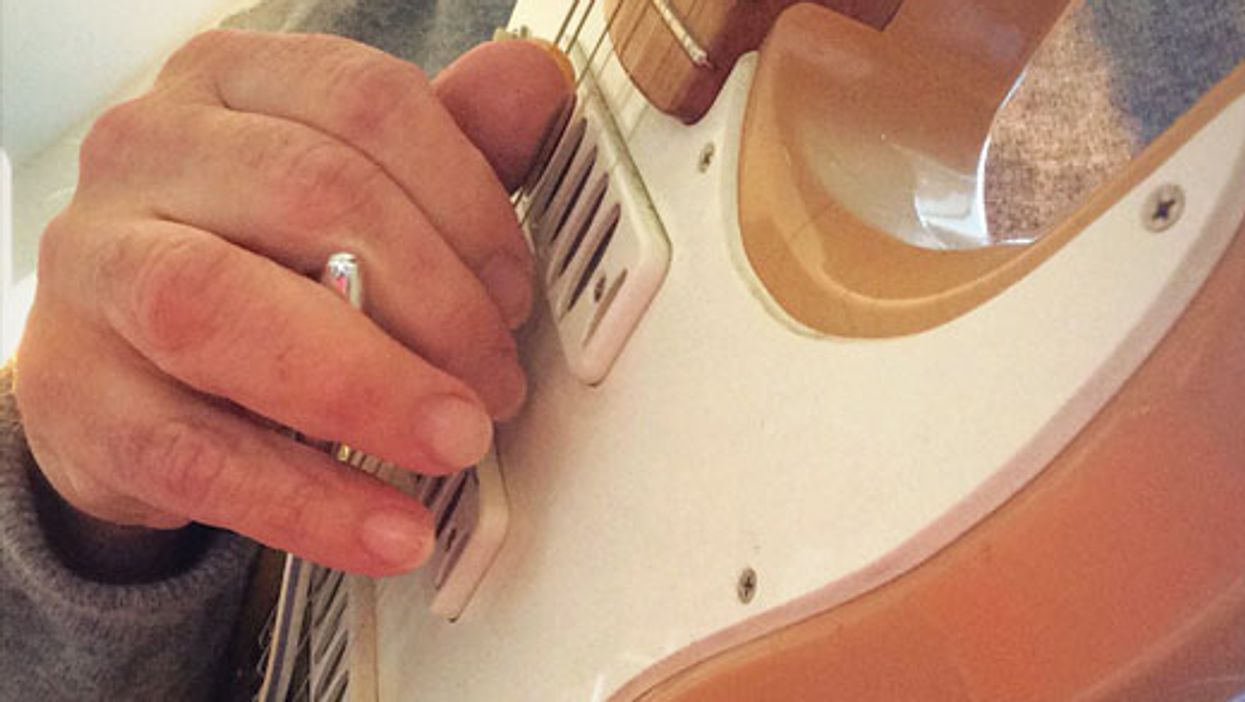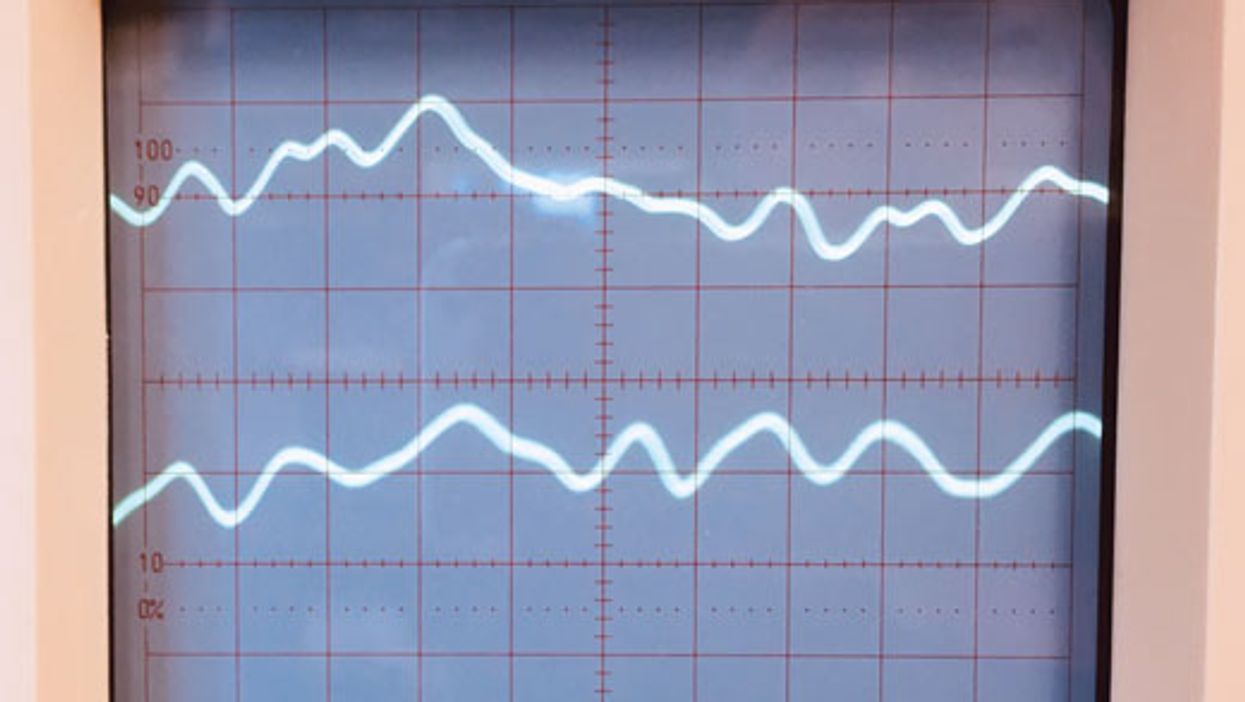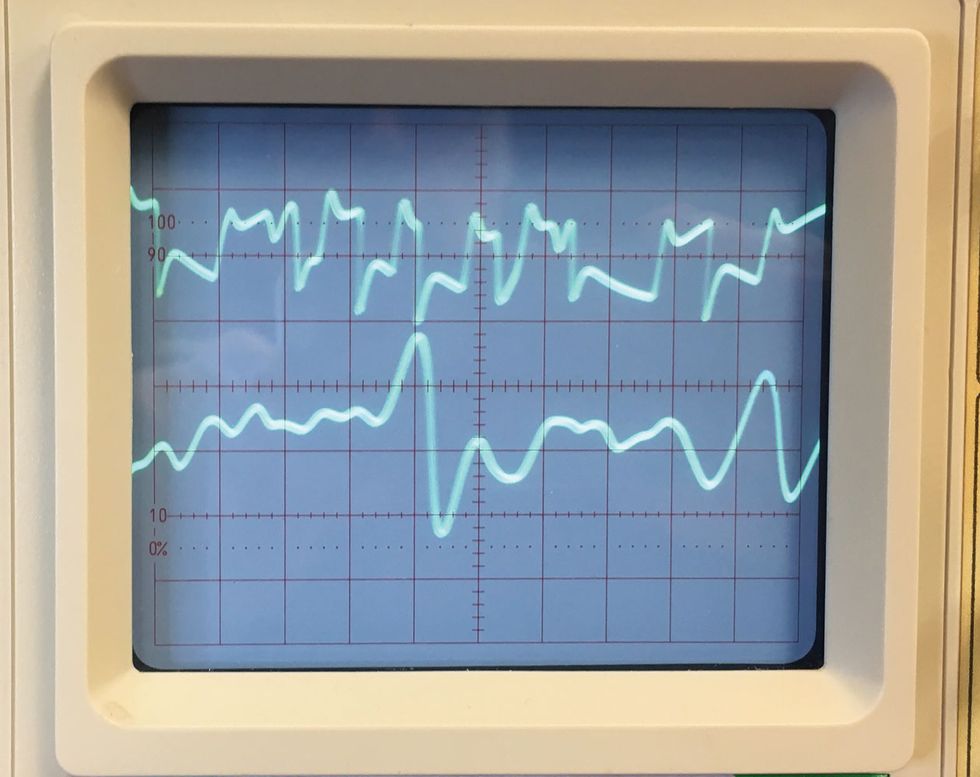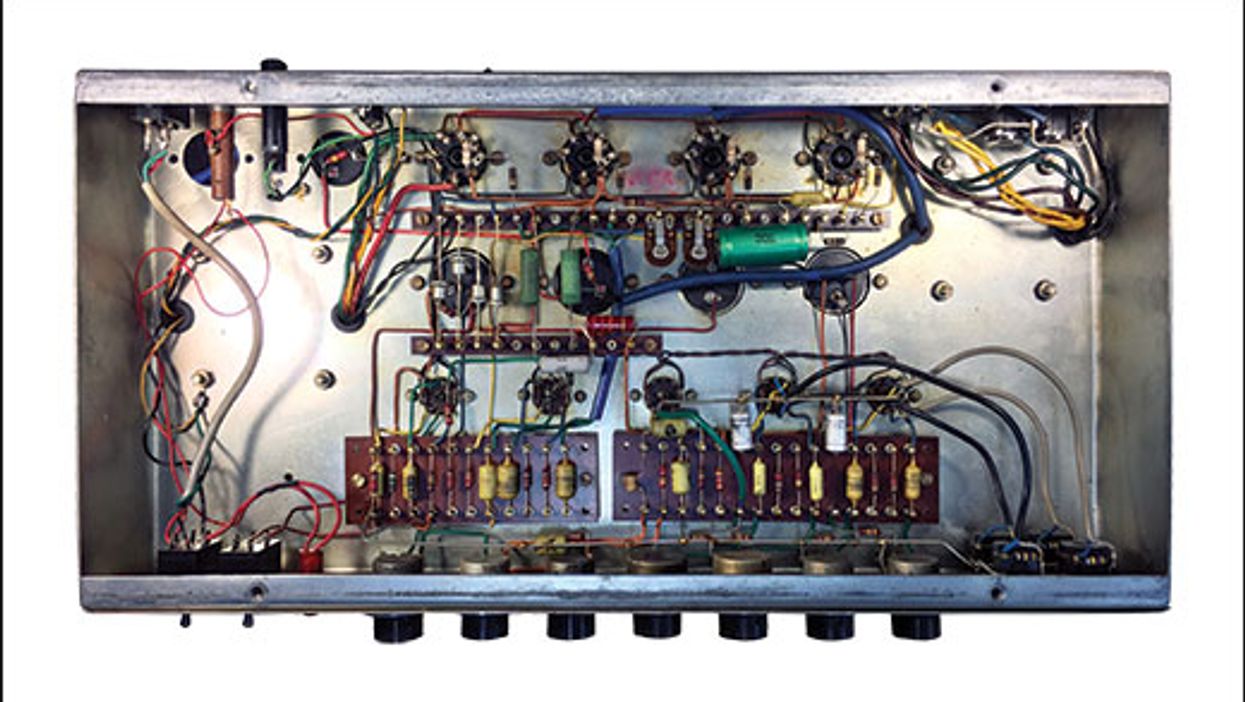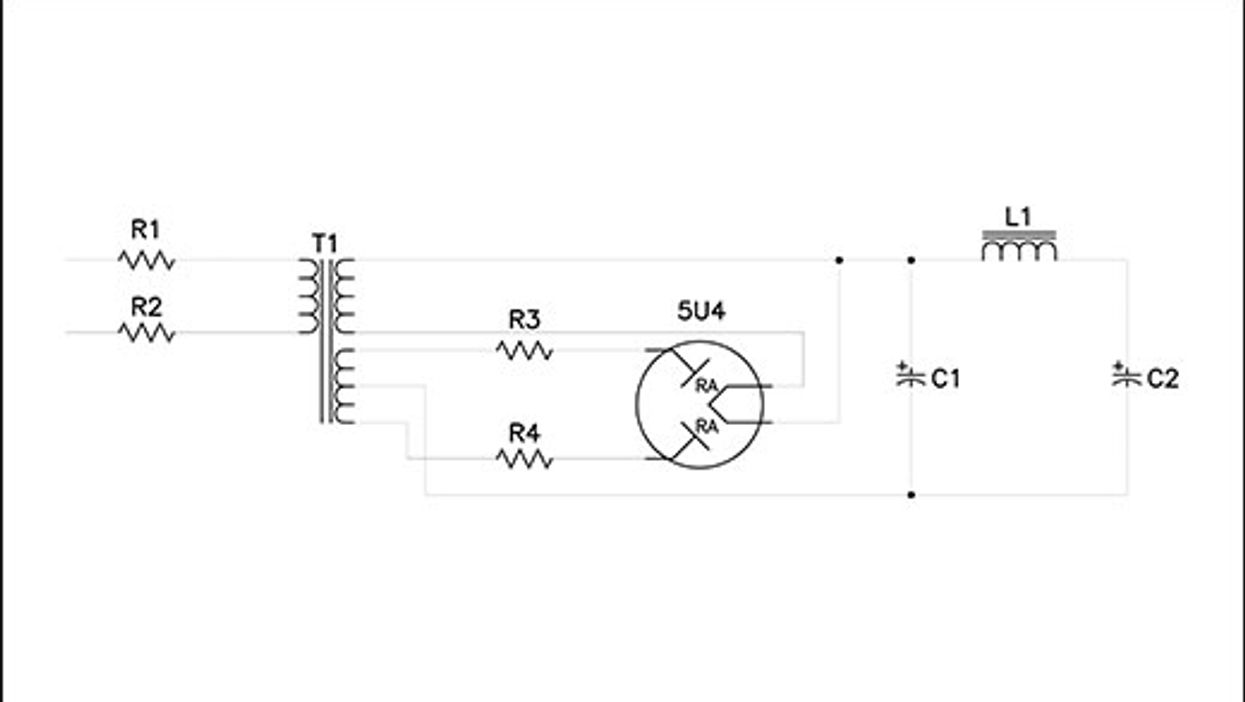The “Brown Sound.” Almost every guitarist alive knows what this means in amp lingo, but did you know that it has a history going back to the WWII era? For the uninitiated, the Brown Sound is how Eddie Van Halen half-jokingly described his signature tone. This stems from running an amp on a Variac (Fig. 1) to manually adjust line voltage.
Variac is a trade name for a variable auto-transformer, which differs from a typical transformer in that it has only one coil winding that serves as both primary and secondary. A variable auto-transformer incorporates a sliding rotary contact that “taps” the coil to achieve a desired voltage output (Fig. 2). EVH used it to reduce the amp’s operating voltage to lower headroom and increase overdrive saturation without doing any internal modifications. Considering this is a marginally practical procedure, it works pretty well. There is a downside, however, and we’ll get to that shortly.
The quintessential Brown Sound involves a hot pickup, a cranked, stock 100-watt Marshall operating on a starved line voltage (roughly 90VAC) with two of the four power tubes removed, and a healthy dose of studio magic. Some EVH aficionados believe his amps were modified to produce the gain heard on Van Halen, the debut album. Having had EVH’s original Marshall amps on my bench more than once in the late ’80s (i.e., post Van Halen), I can attest to their stock condition at the time. Operated at 90 volts, these Marshalls would certainly have sounded much more overdriven than when run at normal voltage.
We discussed how amplifier responsiveness is affected by voltage drops in power transformers and vacuum tube rectifiers in “Demystifying the Tube Rectifier.” Using a Variac follows similar logic, but on a larger, more controllable scale ... with one notable exception: With a Variac, all of the amplifier’s voltages—plate, bias, and filament—are affected, whereas in a tube-rectified amplifier, only the plate voltage is affected.
When the lights go out in our neighborhoods, we call it a blackout. Distinct from a blackout where the power goes completely dead, a brownout results when lower voltage is delivered to homes and businesses, causing light bulbs to dim to a light brown color—thus the name. When we use a Variac to starve the voltage to a tube amplifier, we’re manually browning the voltage supply. Someone had to be the first to associate the term with a guitar sound, and for that, we have Eddie Van Halen to thank.
Before WWII, U.S. line voltage was around 110V, give or take five or six percent. By 1967, the AC line voltage standard had increased to 120V, roughly a 10-percent rise between 1945 and 1967. For products made to the previous standards, it was simply presumed that obsolescence would render updating these devices moot. For the most part, that proved to be the case with the notable exception of—you guessed it—guitar amps. Why? We guitarists loved, cherished, and maintained them, right into the present day.
Schematic drawing of a variable auto-transformer. Input is connected to the wall outlet; output is connected to the guitar amp mains. A power-handling capacity (VA) of 500–1000 watts is recommended for use with a 100-watt amp.
Guitar amps from the late ’40s and early ’50s are rated at 110V to 117V, depending on the model and year of manufacture. I’m frequently asked if it’s okay to run these old amps at modern line voltage, and the simple answer is yes. Even way back then, design engineers anticipated a tolerance for line-voltage variations of roughly 10 percent. The voltage specified on the label represented—and still does today—the voltage the user would normally encounter, rather than the minimum or maximum operating voltage. The makers of the parts used in the design also account for tolerances.
Lowering the voltage on a vintage amp may produce a more pleasing distortion character to some ears. And now there are gizmos you can buy that allow you to make precise voltage adjustments, some of which purport to replicate the original voltage ranges you would have encountered back in the day. Though we can’t travel back in time to test that theory, we can appreciate the potential benefit, though there’s no guarantee you will prefer the sound of the amp operating at lower voltage.
Running the amp at lower than its intended voltage isn’t harmful, but it won’t necessarily preserve or increase tube life. Mechanical vibration is a much bigger issue than a relatively small change in plate voltage. However, one should never increase the voltage on an amplifier using a Variac. Line voltage is subject to peaks and surges that can inflict serious damage and potentially cause fires. Those peaks and surges will be increased dramatically when using a Variac to boost voltage. And though most Variacs max out at 130V, that’s enough to wreak havoc on a tube amp of any era in the event of a voltage surge.
While our modern quest for amplifier tone and feel involves sophisticated solutions, old-school trial-and-error by those willing to go where others fear to tread often reveals unexplored territory. The Brown Sound is a textbook case of trusting one’s instincts in pursuit of tones yet to be discovered.


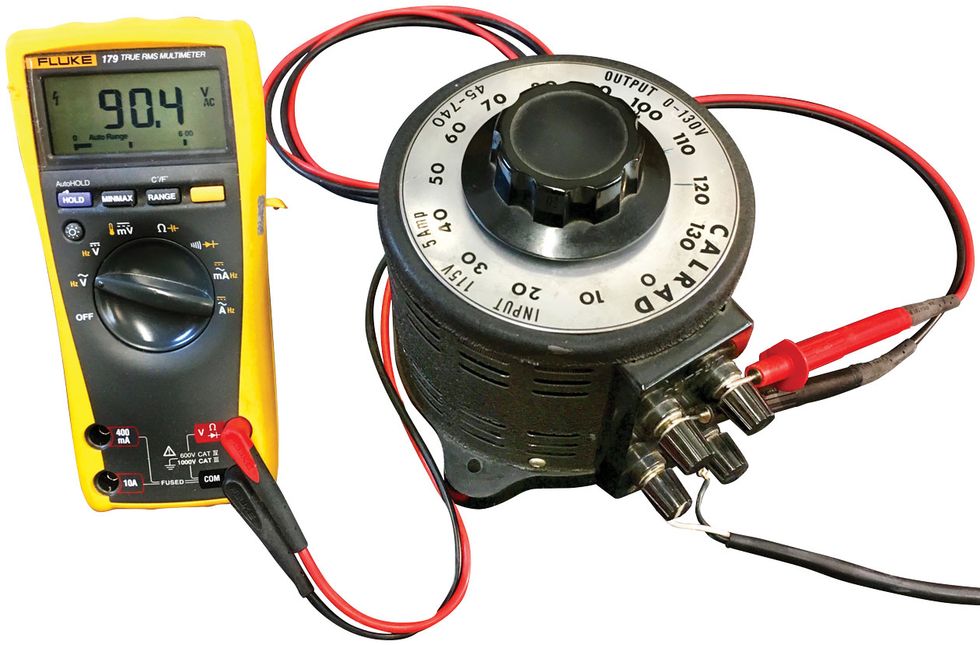

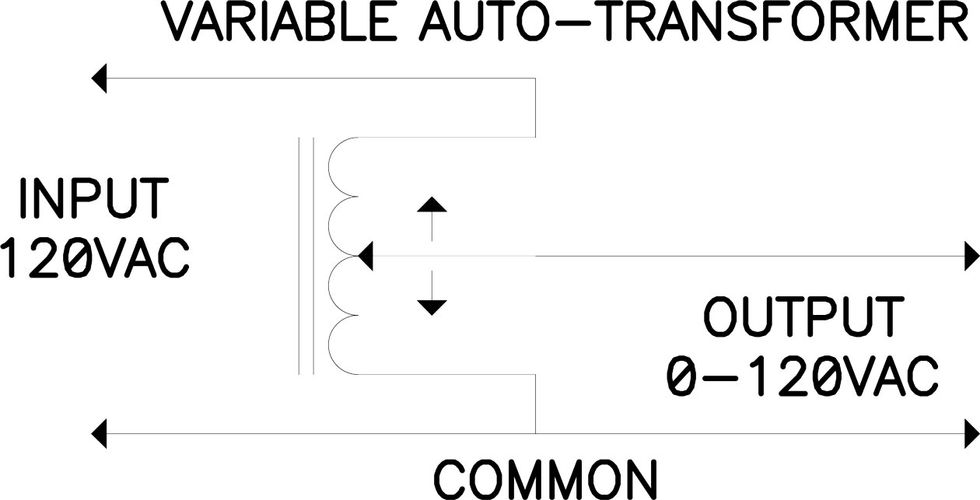




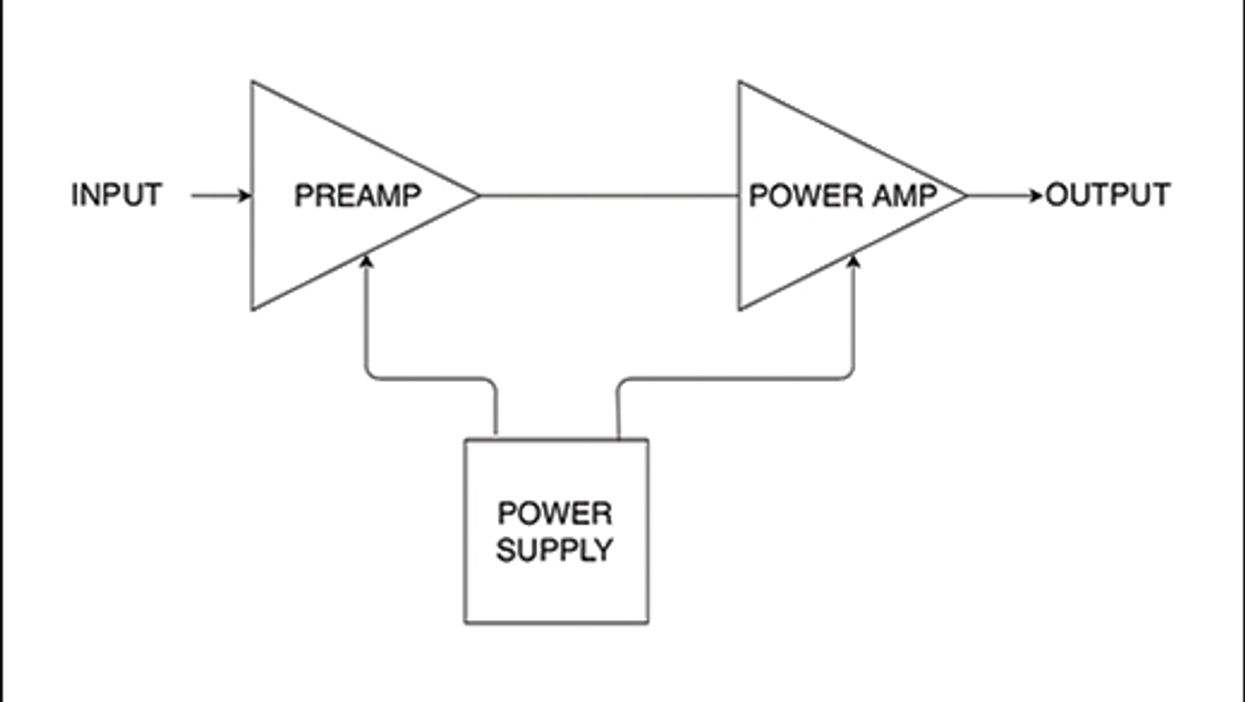
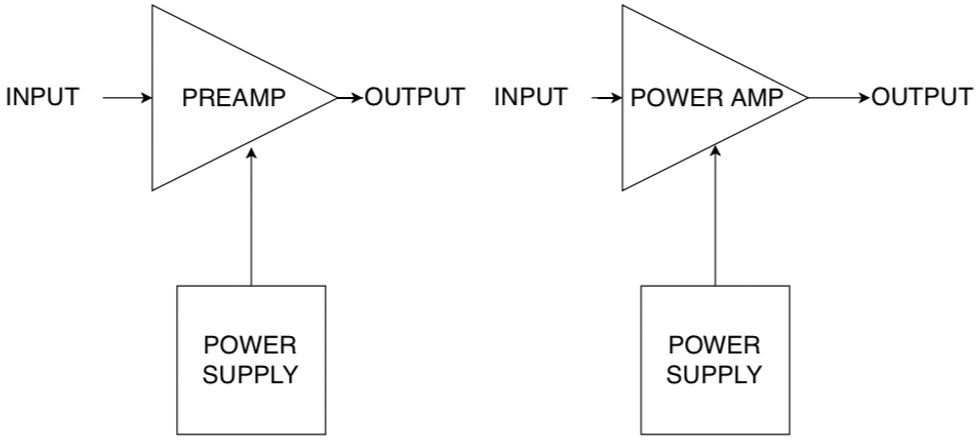



![Rig Rundown: Russian Circles’ Mike Sullivan [2025]](https://www.premierguitar.com/media-library/youtube.jpg?id=62303631&width=1245&height=700&quality=70&coordinates=0%2C0%2C0%2C0)


